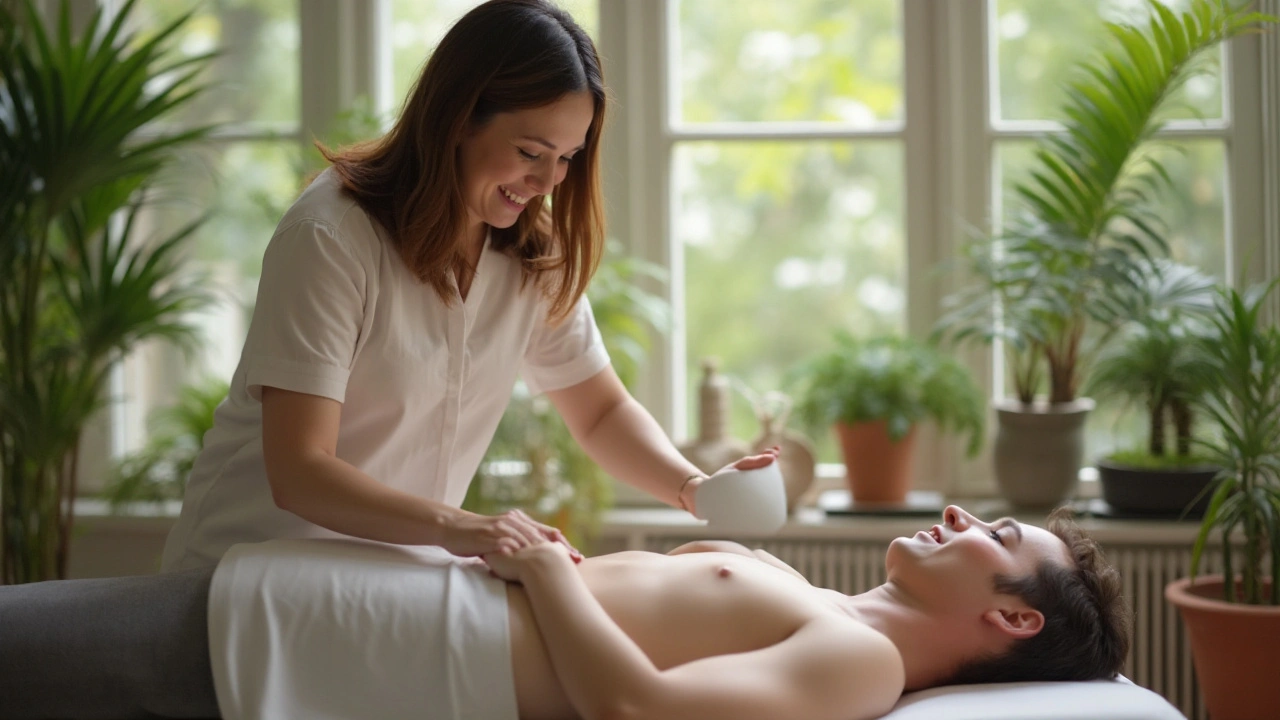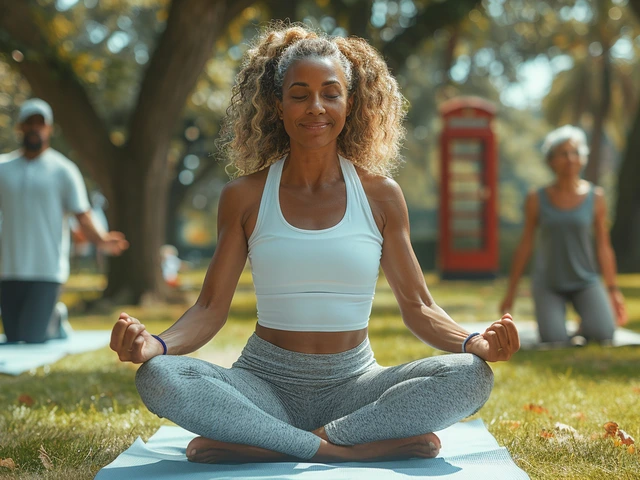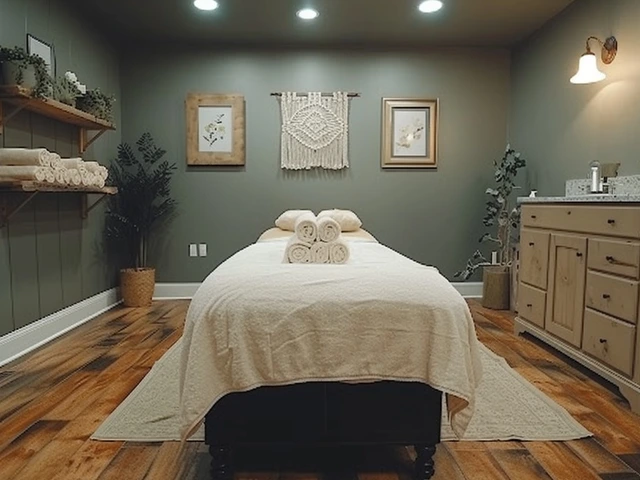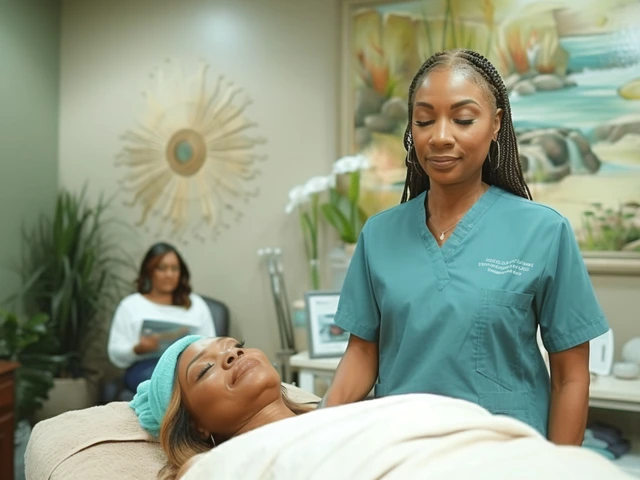Movement Therapy
Movement therapy helps dogs move better, recover from injury, and live happier lives. Think guided exercises, gentle stretches, massage, and walking—done the right way, they reduce pain and prevent problems. You don't need fancy gear to start, but you do need a plan and a vet's OK.
Begin with a clear assessment. Watch your dog walk, sit, stand, and climb stairs. Note limp, stiffness after rest, trouble rising, or reluctance to jump. These signs point to weak muscles, joint pain, or limited range of motion. A vet or canine physio can confirm the cause and suggest safe exercises.
Build a short daily routine. Start with five minutes of slow leash walking to warm muscles, then add basic range-of-motion moves. Gently bend and straighten each joint—shoulder, elbow, hip, and knee—ten times while your dog relaxes. Follow with three simple balance drills: standing on a soft pad, shifting weight side to side, and slow figure eights. Keep sessions short and upbeat. End with a calm massage to soothe tired muscles.
Hydrotherapy is a powerful option when weight-bearing hurts. Walking on an underwater treadmill or supervised swimming removes strain while strengthening muscles. Most dogs love the water, but some need gradual introduction. Work with a certified hydrotherapist who can tailor speed, duration, and water height to your dog’s needs.
Massage and myofascial techniques complement active work. Light effleurage warms tissue, while focused pressure eases tight knots. For tight hips, glide your hand along the muscle from back to thigh, holding soft spots for several breaths. Stop if your dog pulls away or shows pain. Massage helps circulation and speeds recovery after exercise.
Consistency beats intensity. Short, daily sessions add up faster than sporadic long workouts. Track progress with a simple journal: walk distance, pain behaviors, and mobility changes. Photo or video clips of gait once a week reveal subtle improvements you might miss watching in real time.
Know the red flags. Worsening limps, loss of appetite, sudden lethargy, or increased swelling need quick vet attention. After major surgery, follow your surgeon’s rehab timeline strictly—rushing back to full activity risks re-injury.
Adapt exercises to age and condition. Puppies need play-based strength and coordination work, while seniors benefit from gentle range-of-motion, low-impact walking, and hydrotherapy. Overweight dogs should combine movement therapy with a weight plan to reduce joint load.
Tools that help include balance pads, low ramps, treat-driven obstacle paths, and short harness supports for rear-end weakness. Avoid forcing tight stretches or high-impact jumps. Positive reinforcement and patience keep your dog willing to try.
Movement therapy is a team effort. Talk with your vet, a certified canine rehab practitioner, or a trusted trainer. With the right plan, many dogs regain comfort, build strength, and enjoy more active days. Try small changes this week—five minutes daily can start real progress.
If you need help, ask for a referral to a canine rehab specialist or book a gait analysis. Small steps now prevent big problems later and celebrate every tiny win often.

Trager Therapy Unveiled: A Comprehensive Beginner's Guide
Trager Therapy is a unique approach to bodywork that enhances mind-body connection through gentle movements and touch. This approach promotes relaxation, reduces tension, and improves mobility. Unlike traditional massage techniques, Trager Therapy focuses on movement re-education through a series of rhythmic, rocking motions. This article delves into the history, methodology, benefits, and what to expect during a session.




